Checklist of Issues on Generative IP
Kluwer Copyright Blog
SEPTEMBER 11, 2023
The situation has increased in complexity now that not only the input but also the output of Large Language Models (or LLMs) has allowed AI machines to produce potentially patentable inventions and content that looks like literary and artistic material that, in certain cases at least, a human author could have created.

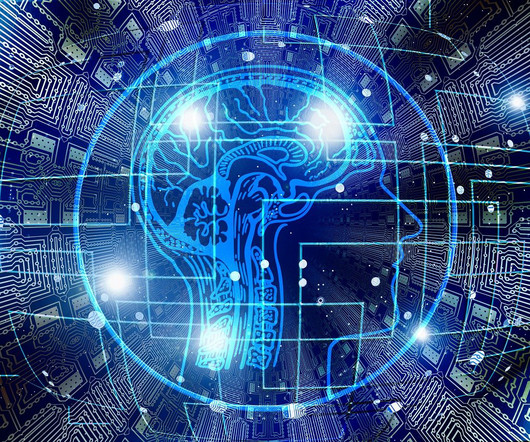
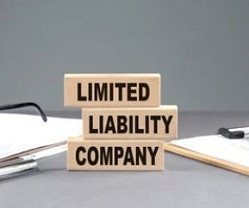


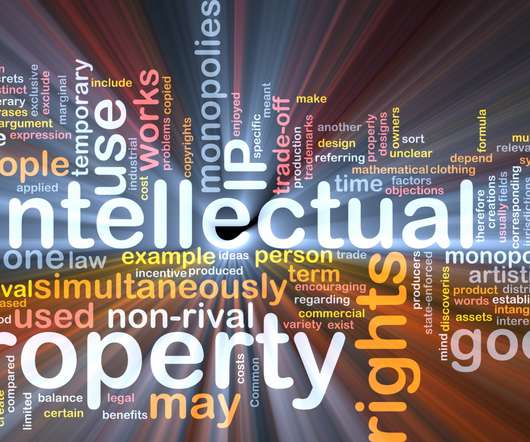

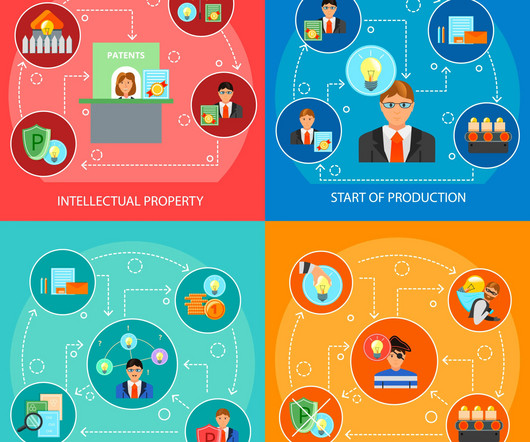
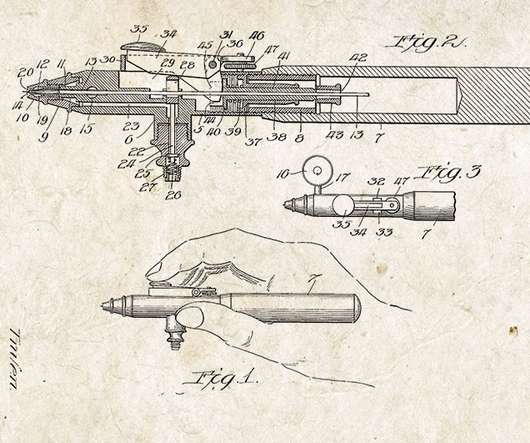

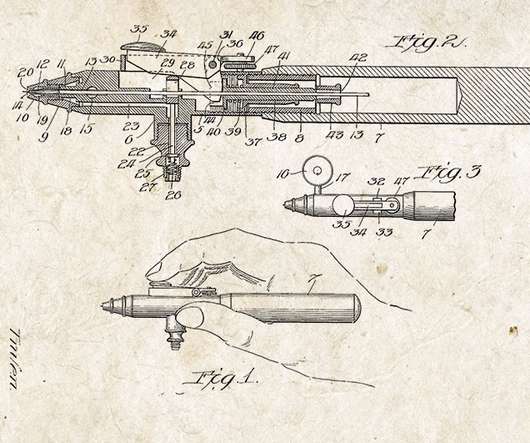


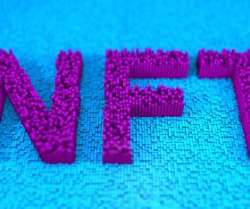
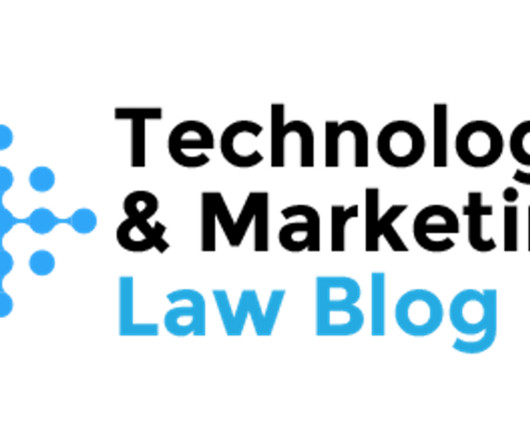
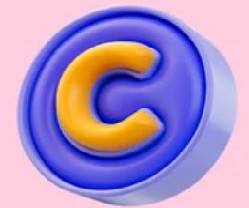
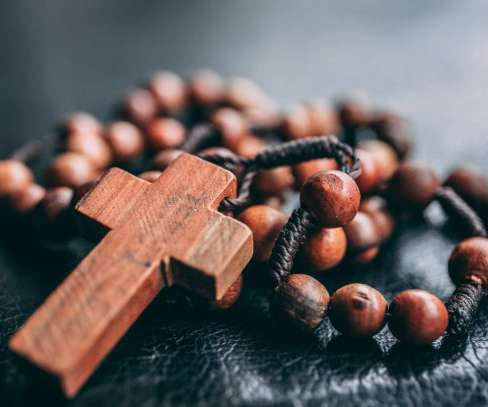






Let's personalize your content